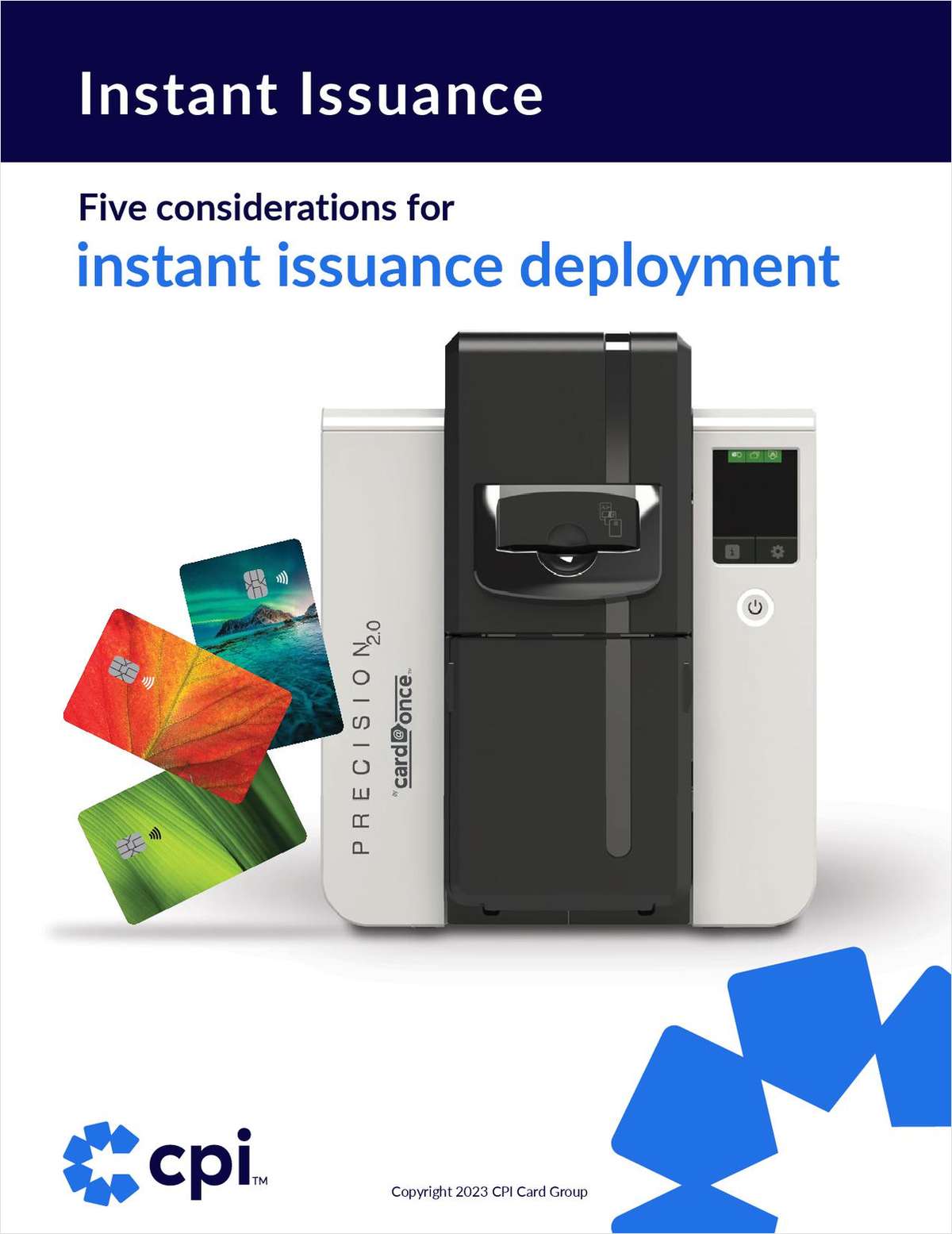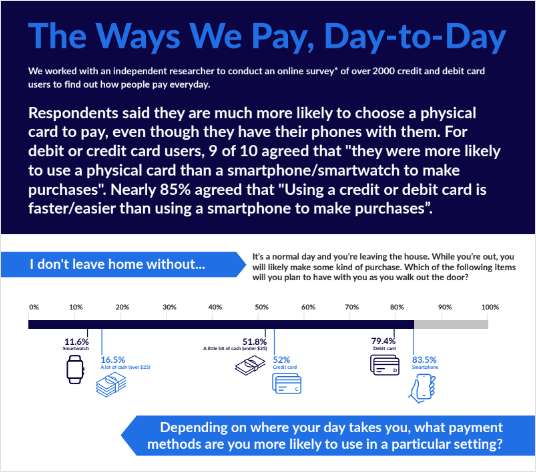When NCUA announced the availability of the new TIP (Trade, Industry, and Professional) charter, many thought two things would happen immediately. First, that credit unions would rush to embrace it. Second, that the banking industry would add this FOM move to the long (and growing) list of CU initiatives which they strongly oppose. The first did not happen. The second predictably did happen. After all, the banking industry nowadays opposes everything credit unions do right down to challenging their right to exist. When first announced, TIP seemed like a natural. It reminded me of what I found during my very first trip to visit with credit unions in Australia many years ago. There was a credit union in each Australian state to serve the educational community. Another to serve all law enforcement personnel in the state. And still another made up of members who worked for the government. Seemed like a good idea back then and still does today in light of the similarities with what is available under the TIP approach to membership. Like others, with the TIP charter I could visualize that someday in this country, like Down Under, there would be at least one credit union authorized to serve all those involved in, for example, education, law enforcement, and government work. But going a step further, also a credit union for all military personnel, or at least one of the individual military branches such as the U.S. Navy. Come to think of it, that credit union already exists. It's called Navy Federal Credit Union which at close to $22 billion in assets is the largest credit union in the world. And it got there without the benefit of TIP. Then just recently, after nearly 50 years of being chartered to serve Pease Air Force Base and seven years after being approved as a community charter, Service Credit Union (SCU), a $900 million CU located in Portsmouth, New Hampshire, was granted an FOM to include all U.S. Military and civilian employees of the Defense Department across the globe. Although not technically a TIP charter, it sure sounds like one. TIP or not, with this kind of potential, could SCU someday end up challenging Navy Federal for the top spot? Pretty doubtful. Navy Federal didn't get where it is today by being the only credit union organized to serve the U.S. Navy. There are hundreds of credit unions that at one time were primarily military based. Today, many of these are quite large and many of them serve members connected in some way to the navy. What I, and possibly the bankers, initially overlooked about TIP is that it comes with a price. Credit unions that choose to get involved with this newest approach to expanding FOMs have to give up something, like certain groups and types of members they had been serving but can no longer do so except those grandfathered. Maybe that's one reason why there hasn't been nearly as much interest shown in TIP so far? It seems that the TIP approach would have had much more potential if a credit union started out that way such as those in Australia. It is easy to visualize separate credit unions for construction workers, for example, but not to be confused with present day billion dollar credit union CEFCU. The first two letters of that acronym stood for different things over the years including initially Caterpillar Employees. Later CE stood for Construction Employees, but not in any TIP sense. (Today the first two letters stand for Citizens Equity.) Carried to extremes, the list of so-called single sponsor trades, industries, or professions (TIP) could be endless. There could be a credit union for anyone connected to the media, the accounting profession, those in the transportation industry, and the staggering number of people connected in some way to the food industry. Also, those involved in any way with the legal profession (any one who has ever sued or been sued?), the gigantic retail industry, health care, anyone relating to education, the sprawling entertainment industry, the travel industry, and even a CU for Catholics (or better yet, anyone who profess to believe in God, any God). Let your imagination go wild. Such FOMs could be well defined, or structured in the broadest terms. Back to reality. Looking at the small list of credit unions that have gone the TIP route, there is no pattern that has emerged in either size or type of credit union. For example, American Airlines Federal Credit Union, a multi-billion dollar credit union, has used TIP to take in all airline employees. That would seem to give that CU enormous potential as well as pit them competitively against all the other airline credit unions. Yet, to date the new program has reportedly only brought in about a 1,000 new members. Then there is the considerably smaller $600 million asset Central Florida Health Care FCU. The name is perfect starting out. Maybe someday the best name will involve dropping the Central and Florida? One credit union for the nation's health care workers as mentioned above? Incidentally, this credit union seems to have the best handle on what TIP can and cannot do for them. It may just be a matter of time before TIP charters emerge as the newest opportunity for credit unions to spread their wings even further and serve a far greater number of Americans engaged in some kind of trade, industry, or profession. Or it may sound good but never really take off. Apparently the banking industry is no longer worried because they have stopped whining about TIP. Obviously there are many pros and cons regarding TIP charters. Apparently more cons than pros. Otherwise, how is the lack of enthusiasm for it by credit unions explained? Maybe readers can help me understand TIP better? What do you think are the pros and cons of a TIP charter for your credit union? Comments? Call 1-800-345-9936, Ext. 15, or Fax 561-683-8514, or E-mail [email protected].
Complete your profile to continue reading and get FREE access to CUTimes.com, part of your ALM digital membership.
Your access to unlimited CUTimes.com content isn’t changing.
Once you are an ALM digital member, you’ll receive:
- Breaking credit union news and analysis, on-site and via our newsletters and custom alerts
- Weekly Shared Accounts podcast featuring exclusive interviews with industry leaders
- Educational webcasts, white papers, and ebooks from industry thought leaders
- Critical coverage of the commercial real estate and financial advisory markets on our other ALM sites, GlobeSt.com and ThinkAdvisor.com
Already have an account? Sign In Now
© 2025 ALM Global, LLC, All Rights Reserved. Request academic re-use from www.copyright.com. All other uses, submit a request to [email protected]. For more information visit Asset & Logo Licensing.









